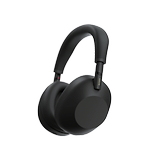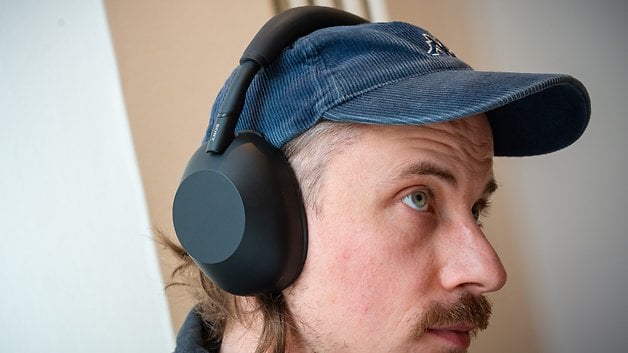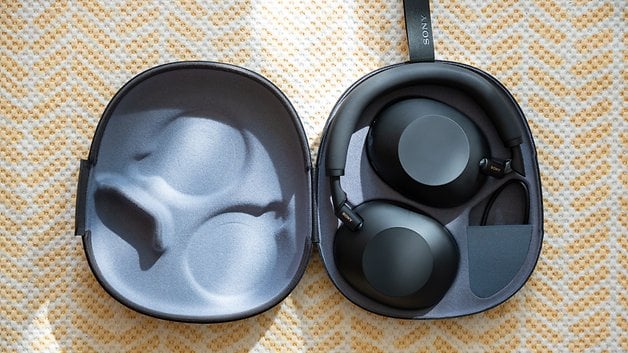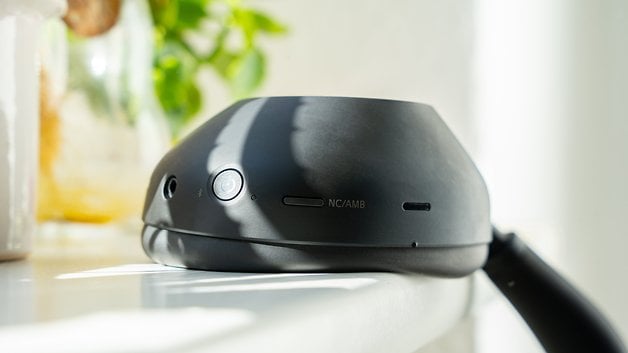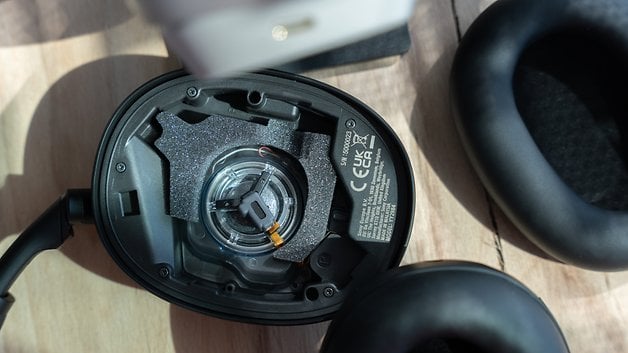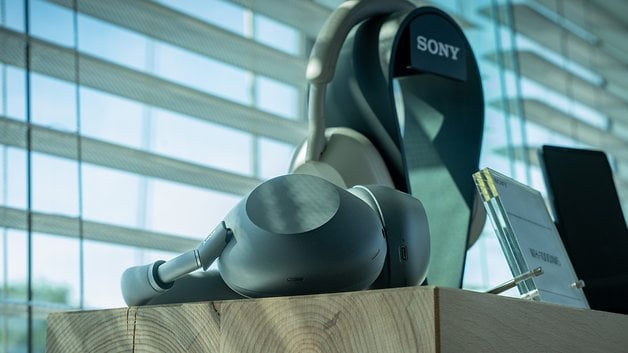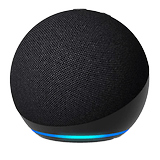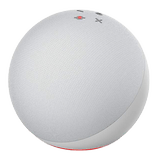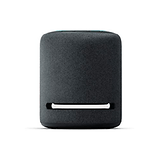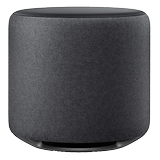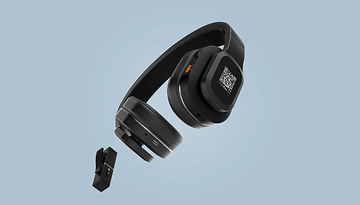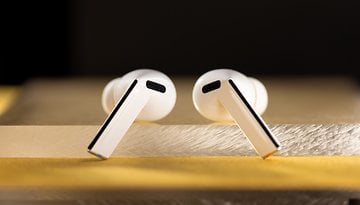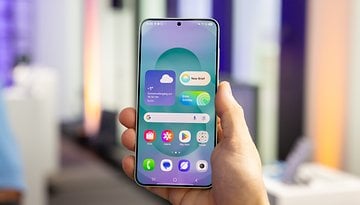Finally Foldable Once More: Trying Out the New Sony WH-1000XM6
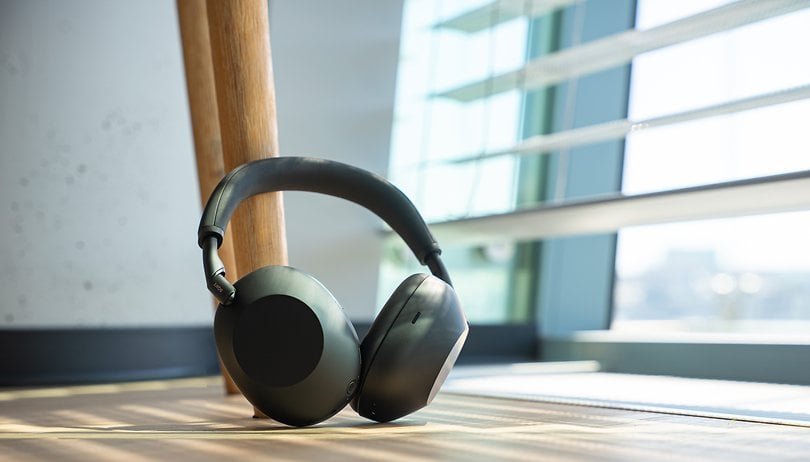

Read in other languages:
Sony's flagship over-ear headphones, the WH1000XM6, are entering their sixth generation! According to Sony employees at the launch event, they couldn't have done much wrong if there had been five generations before this. Despite such an impressive track record, Sony listened to customer feedback. We are pleased to announce that the WH-1000XM6 are finally foldable again, offer even better Active Noise Cancellation, and feature a few other advantages.
Price and availability
Sony will be putting the WH-1000XM6 on store shelves from May 15 with a $449.99 RRP. You can choose between Black, Midnight Blue, and Platinum Silver shades. They are, of course, compatible with both iOS and Android smartphones. With the latter, you can expect better sound quality thanks to support for the LDAC standard!
Finally foldable once more: The biggest design change
At first glance, everything remained the same with the WH-1000XM6. The same slightly rounded edges on the headphone's chassis, similar colors, and high wearing comfort. However, if we were to take a closer look, there are two significant design changes found in this latest edition of the over-ear headphones as detailed below.
For starters, we can now pull off the ear cups, which Sony covered with soft and fine leather, using but a little force and without any tools. This allows us to admire the improved drivers as well as change the ear pads if they wear out or become too discolored due to makeup or sweat residue. The fact that Sony relies on plastic hooks instead of magnets like Apple or Sonos seems a little cheap considering the RRP. The same applies to the inside of the ear cups, where we find the drivers, foam, and quite a bit of empty space.
The second change concerns how you stow away the headphones. After Sony removed this function from the previous model, we now have a folding mechanism for the ear cups again. This allows the headphones to be stowed away in a more compact manner in the carrying case, which measures almost exactly 21 x 18.5 x 7 cm. The case of its predecessor was a little larger due to the lack of a folding mechanism, resulting in a space disadvantage when you carry it around in a backpack. As Sony reinforced the hinges with metal, the folding mechanism should be able to last for quite a while.
Incidentally, the carrying case closes magnetically, which feels good every time you do so. It also offers storage space for the jack cable and the charging cable, which is, unfortunately, still USB-C to USB-A with Sony.
Another tiny advantage is the slightly wider headband. This should make the WH-1000XM6 a little more comfortable to wear. However, with a weight of only 252 g, this would probably also have been possible with a thinner headband. The only thing is, wearing comfort with earrings or ear studs is not optimal in my initial hands-on. I could feel my left ear stud when I wear them, as it pokes into my ear. The headphones would have benefited from larger ear cups here. I do need to take into consideration how the WH-1000XM6 already look quite bulky when worn, so maybe that is not the best idea.
Many operating options with very little that is new
There are also improvements made to the headphone controls. Sony promised in the presentation that the buttons for Active Noise Cancellation and the on/off switch now work more easily and intuitively. Although we still only find a power button and the Active Noise Cancellation button on the left ear cup, they now differ in shape and are easier to identify blindly.
There is also still a touch-sensitive surface for gestures on the right-hand side of the headphones. Just as practical as before, if we were to place our hand on the right ear cup, transparency mode is activated after a short wait.
In general, Sony once again integrated some clever control options into the headphones. For instance, we can simply begin talking when we want to activate transparency mode, nod and shake our head to answer calls just like the AirPods with ANC (read review), and use the intelligent ANC control for movements. This allows the headphones to deactivate ANC when you stand up or activate it when you embark on a train.
Most of these functions are not brand new, but are rather nice-to-have. What is new, however, is the revamped Sony app, which now showcases the numerous functions in a slightly prettier and more structured manner. As soon as I have more experience with the app, I'll let you know in a detailed review!
New benchmark for ANC?
Sony's premium headphones should, of course, score points with better sound and better ANC! We still listen to music via the powerful LDAC codec, which Sony developed and which is available on most Android devices. If this is not the case, SBC and AAC are also available. Sony also made improvements to the headphone drivers. The company still uses dome-shaped speakers and relies on carbon. I will find out exactly how Sony optimized these for the detailed review. So far, all I know is that they have worked with various musicians and composers to optimize the sound quality.
In my opinion, however, the new 10-band equalizer had the biggest impact on the sound. While it was still possible to adjust the sound based on 5 bands back then, the headphones are now more customizable, which I was very happy about during the first few hours of using it. I didn't particularly like the sound of the headphones in the standard setting. The bass was overemphasized and boomed a little too much, which led to headaches in the long run. The mids, on the other hand, fell a little into the background in the standard setting, and the overall sound was quite narrow. In the detailed review, we will take another look at whether the equalizers can still be optimized further.
LE-Audio and Auracast are also new, and I'll dive into this again in the detailed review. I also want to mention Sony's sound optimization known as DSEE Extreme and its proprietary 3D audio engine, "360 Reality Audio Upmix". Before doing so, let's move on to more exciting (and quieter) things:
ANC with 12 microphones
The WH-1000XM series is generally regarded as the top model in the entire "noise suppression" category. It is therefore astonishing that, according to Sony, the ANC has improved significantly. This is made possible by including two additional microphones per ear. Sony now placed a total of 12 microphones in the housing of the headphones, mixing in beamforming microphones that can pick up sounds in a much more targeted manner. However, Sony primarily uses this for better call quality when making phone calls.
Sony also integrated the new QN3 processor into the headphones to be able to process the information from these many microphones without any delay. Thanks to a processing speed that is 7x faster, it should be able to react more quickly to sudden noises. From my initial hands-on, which unfortunately had to be carried out in my home due to the press embargo still in place, I would describe the ANC as follows:
The WH-1000XM6 managed to reduce all occurring noises simultaneously by 20 to 50 percent. It was particularly impressive that sudden noises such as the typing of keyboards or clapping are filtered no worse than constant noises such as simulated street noise or airplane noise. Many ANC headphones have problems with this and the higher processing power seemed to offer an advantage here.
If we were to combine ANC with active music playback, we could almost completely block out ambient noise. To test this, I set the headphones at 75% volume with ANC activated and walked past a smart surveillance camera whose alarm siren was sounding. I had to listen very carefully to see if the alarm had actually gone off. It sounded as if a car alarm was going off outside the apartment, so my initial impression is that the ANC is really powerful!
Another impressive feature is the natural-sounding transparency mode, which really does sound as if you put the headphones down for a moment. Unfortunately, I have not yet been able to test its susceptibility to wind noise and am currently a little annoyed by the fact that the WH-1000XM6 does not activate transparency mode when making phone calls. This automatically makes you talk louder and makes your voice hoarse when dealing with longer phone calls.
According to Sony, making calls outdoors should sound particularly good for the other party. This is because the headphones can suppress ambient noise, which should feel really "magical". I'll collect more data about this claim, which will then be available in the full review!
Battery life back at 30 hours
Only one small change was made to the battery in the sixth generation, but it could be more relevant in everyday life than it initially seemed: the battery still lasts 30 hours with and 40 hours without ANC and we are already familiar with the quick charging function where you can get up to 3 hours of listening time from 3 minutes of charging, based on its predecessor.
However, the WH-1000XM6 can now also be used while charging. This means you can simply plug them into your notebook via USB-C and listen to music without any interruption. However, when using them via a 3.5 mm jack cable, the amplification should be active, i.e. the headphones should remain switched on. Passive operation is possible, but the sound quality left a lot to be desired. If you were to use a headphone amplifier, the world sounds different again.
Our first impression of the WH-1000XM6
After spending a few hours with it, I'm still curious about the WH-1000XM6 despite feeling a little bit disillusioned. Sony is certainly improving its flagship headphones and still offers a good range of functions. Ultimately, however, this is a very incremental update that doesn't make any great leaps forward with better ANC and the return of the folding mechanism.
Probably the best new feature is the 10-band equalizer, which could also be introduced to its predecessors via a software update. The fact that the WH-1000XM6 is now slightly more expensive with its RRP of $449.99 is not really justifiable. In addition, its predecessor is already available online at prices starting at $300, not to mention that both entry-level and mid-range competition have become even stronger since the release of the WH-1000XM5.
Antoine's argument, based on his review of its predecessors, is how models such as the Soundcore Space One Pro (read review) are capable of the numerous features found in this model just as well, despite being significantly cheaper. The same principle applies even more this year according based on my initial impression. Perhaps the WH-1000XM6 will reveal even more qualities over a longer review duration. So, stay tuned, and I'll get back to you as soon as possible with my detailed review!
